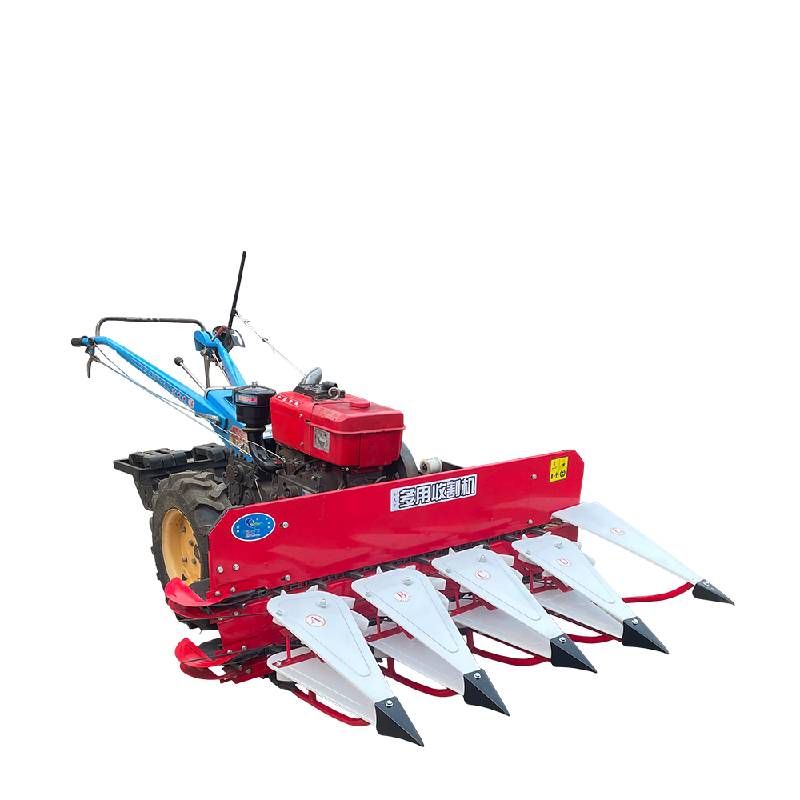wheat combine machine
The Evolution and Importance of Wheat Combine Machines
Wheat is one of the most extensively cultivated and consumed crops worldwide, serving as a staple food for a significant portion of the global population. The cultivation and harvesting of wheat, however, necessitate efficient machinery to maximize yield and minimize labor. Enter the wheat combine machine—a modern marvel that has revolutionized the process of harvesting wheat. In this article, we explore the evolution, functionality, and significance of wheat combine machines in contemporary agriculture.
Historical Context
The history of harvesting wheat dates back thousands of years, when manual methods, such as sickles and scythes, were the norm. These traditional tools required extensive labor and were limited in efficiency. The Industrial Revolution marked a turning point in agricultural practices, introducing mechanization to farming. In the mid-19th century, mechanized reapers and threshers emerged, signaling the beginning of a new era in wheat harvesting.
However, it wasn't until the invention of the combine harvester in the early 20th century that wheat harvesting became truly efficient. The combine harvester combines three essential operations reaping, threshing, and winnowing. This integration significantly reduced the time and labor required in the harvesting process.
How Wheat Combine Machines Work
Wheat combine machines are sophisticated pieces of equipment designed to harvest vast fields of wheat quickly
. At their core, these machines perform several critical functions1. Reaping The cutting mechanism of the combine, usually equipped with sharp blades or rotary cutters, swiftly cuts the wheat stalks at the base. The width of the cutting header can vary, allowing for adjustments based on the field's size and the crop’s density.
2. Threshing Once the wheat is cut, the combine separates the grains from the chaff. This process typically involves a series of rotating drums that beat the cut stalks, effectively loosening the grains. The efficiency of this function is crucial, as it impacts the overall yield and quality of the harvested wheat.
3. Winnowing After threshing, the mixture of grain and chaff is further processed to remove the lighter chaff from the heavier grains. This is often done using airflow and sieves, ensuring that the final product is clean and ready for storage or transport.
wheat combine machine

Modern combines also come equipped with advanced technology, including GPS guidance systems, yield monitors, and automated controls. These innovations enhance the efficiency of the harvesting process and allow farmers to gather data on their crops, informing future agricultural practices.
The Significance of Wheat Combine Machines
The advent of wheat combine machines has had far-reaching implications for agriculture and food production. Here are several reasons why they are vital
1. Increased Efficiency By drastically reducing the manpower needed for harvesting, combine machines allow farms to operate more efficiently. This is particularly important in regions where labor shortages may hinder agricultural productivity.
2. Higher Yields The ability to harvest wheat quickly and at the optimal time ensures that farmers can maximize their yields and minimize losses due to weather conditions. Delayed harvesting can result in lower quality grains, making swift action essential.
3. Cost-Effectiveness While the initial investment in a combine harvester can be substantial, the long-term savings on labor costs and increased yields often offset this expenditure. This capital investment contributes to the sustainability of farming operations.
4. Adapting to Climate Change As climate change impacts agricultural practices, the use of advanced technology in wheat combine machines allows farmers to adapt to shifting conditions. Features such as yield mapping can help farmers make data-driven decisions to optimize their farming methods.
Conclusion
Wheat combine machines have transformed the way wheat is harvested, elevating agricultural practices to new heights of efficiency and productivity. As the global demand for food continues to rise, the importance of such machinery in ensuring food security cannot be overstated. As technology evolves, we can expect further innovations that will enhance the functionality of these machines, paving the way for a more sustainable future in wheat production. Ultimately, combine harvesters symbolize the blend of tradition and modernity, showcasing how far we have come in our quest to feed the world.
Latest news
-
When to Upgrade Your Old Forage HarvesterNewsJun.05,2025
-
One Forage Harvester for All Your NeedsNewsJun.05,2025
-
Mastering the Grass Reaper MachineNewsJun.05,2025
-
How Small Farms Make Full Use of Wheat ReaperNewsJun.05,2025
-
Harvesting Wheat the Easy Way: Use a Mini Tractor ReaperNewsJun.05,2025
-
Growing Demand for the Mini Tractor Reaper in AsiaNewsJun.05,2025
